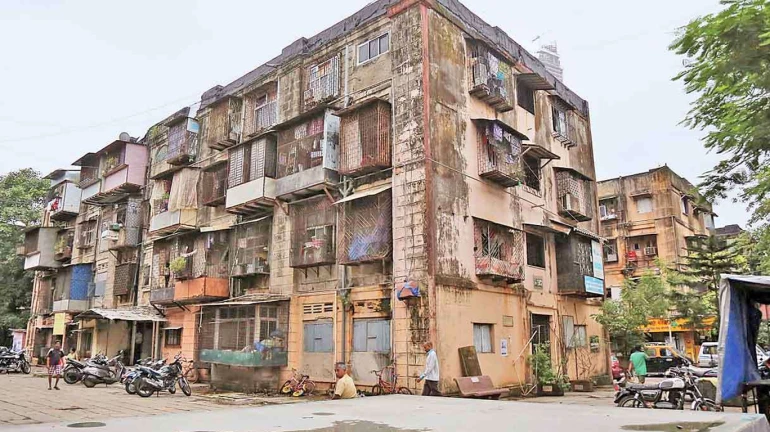
The rehab building No. 1 of BDD Chawl Redevelopment is set to welcome the first group of residents into their new 500-square-foot apartments in March 2025. The Maharashtra Housing and Development Authority (MHADA) is overseeing the redevelopment project, with an estimated cost of INR 16,000 crore.
Two of the eight wings are expected to be handed over in March 2025, while the rest of the wings will be ready by December 2025. As of now, the cement concrete work for seven of the eight wings is complete. Finishing touches are being given to the rest of the structures.
As per sources, the redeveloped area will have following features:
1. Rehab Building No. 1 will have eight towers labelled A to H. Each tower will have 40 floors.
2. Floors 1 to 8 will have four apartments each, while floors 9 to 40 will have eight apartments per floor.
3. Each apartment will include a living room, a master bedroom with an attached bathroom, a second bedroom, a separate bathroom, a dining area, and space for a washing machine.
4. There will also be fire safety measures including sprinklers and fireboxes in every unit.
5. Parking spaces will be allocated based on the unit size.
6. The towers will include clubhouse, school, playground, library, and community hall.
7. The area will also have hospital, welfare centre, dispensary and a society office.
The BDD Chawls, located in Worli, Naigaum, and Parel, were built by the Bombay Development Department between 1920 and 1925. These chawls provided affordable housing for migrant workers employed in Mumbai’s railroads, ports, and textile mills.
Currently, the area faces problems like poor sanitation, lack of modern features, and overcrowding. The families live in one-room chawls, which were built as ground-plus-three structures in the 1920s. Some rooms even house up to eight people, who share a single bathroom. Historically, the area served as a prison for British.
In April 2017, the then CM Devendra Fadnavis announced the BDD Chawls rehabilitation project. Since then, the project has faced many delays for several years due to eligibility, contractor selection, and agreements.





